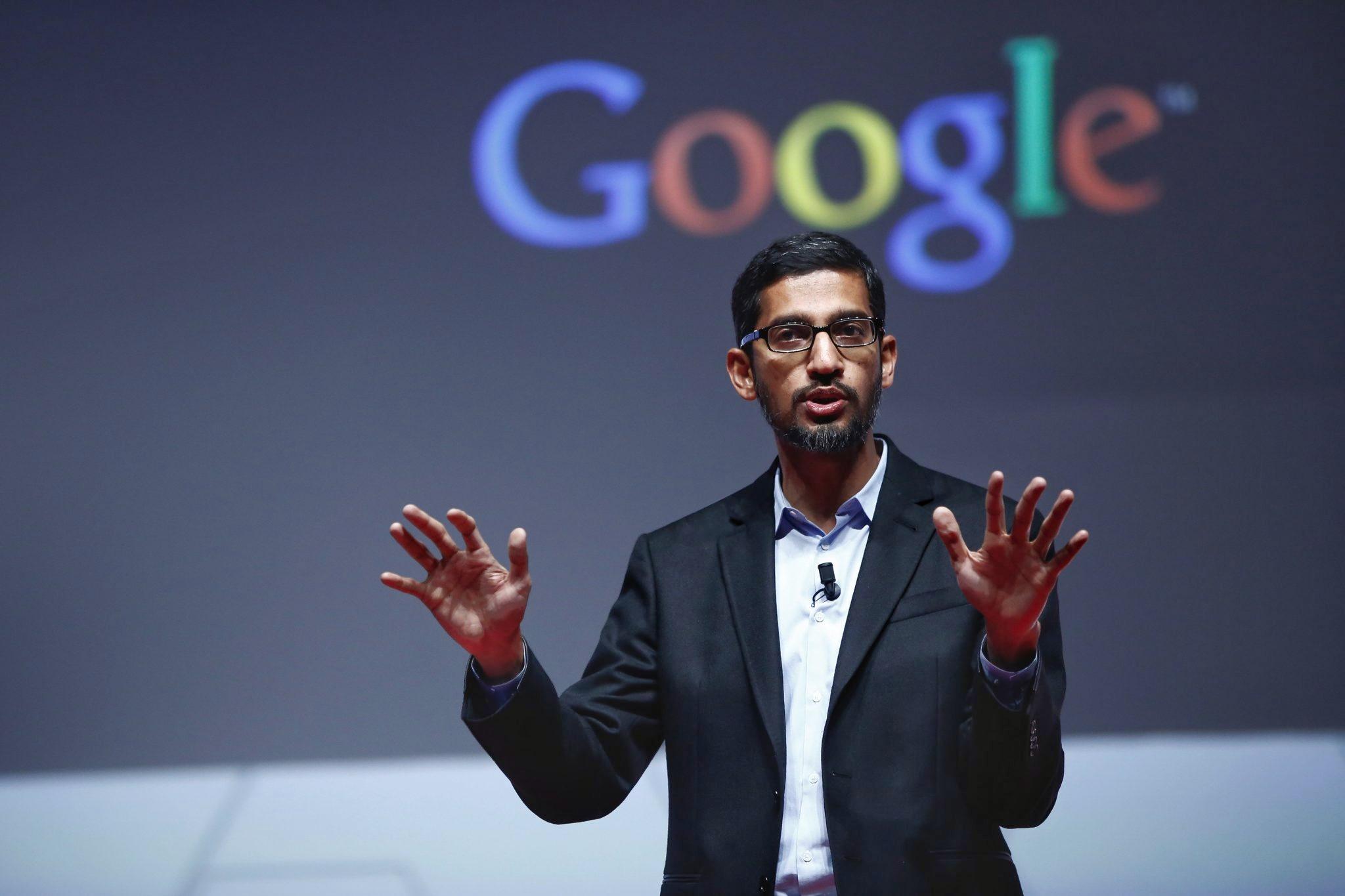Eric Schmidt, the former CEO of Google, recently highlighted Nvidia's impressive dominance in the artificial intelligence (AI) industry and substantial investment potential. Nvidia is rapidly consolidating its position as a major player in the AI technology landscape by utilizing its cutting-edge graphics processing units (GPUs) to propel advancements in a variety of applications, and Schmidt's remarks come at a time when this is happening.
Nvidia's GPUs are now a crucial part of modern AI systems because they simplify the complex calculations required for deep learning and neural network training. This technology has made natural language processing, computer vision, and autonomous vehicles all possible. Nvidia's innovations are not only laying the groundwork for future breakthroughs but also shaping the AI landscape today, as Schmidt's endorsement of the company demonstrates.

In his analysis, Schmidt places a strong emphasis on the significance of Nvidia's technological prowess and strategic market positioning. Due to the company's consistent focus on developing cutting-edge hardware and software solutions, it has been possible for the company to stay ahead of rivals and maintain a leading edge in AI technology. This ongoing innovation is thought to demonstrate Nvidia's capacity to adapt to and drive technological advancements.
Additionally, investors can find consolation in Schmidt's remarks. Schmidt suggests that Nvidia address a promising project and a potential open door by highlighting the company's strong market presence and crucial role in the development of artificial intelligence. His observation is in line with a larger trend of investors investing more in startups focused on AI.

The optimistic outlook is bolstered by Nvidia's strong financial performance and strategic partnerships. The company's ability to secure contracts and collaborations with prominent individuals further strengthens its position as an AI innovator. As AI technology continues to advance and enter new industries, Nvidia is well-positioned to capitalize on these growth opportunities.
Schmidt's perspective on Nvidia reflects the growing recognition of AI's significance in a variety of industries, including healthcare, finance, and transportation. The incorporation of AI technologies into these industries highlights the potential for significant advancements and efficiency gains, which further enhances Nvidia's appeal.

In a nutshell, Eric Schmidt's emphasis on Nvidia's dominance in AI and its potential for investors highlights the significance of the company's role in ongoing technological development. As Nvidia continues to drive innovation and capture market share, it presents a compelling opportunity for those looking to invest in this dynamic and rapidly growing field. It remains a key player in shaping the future of AI.
Eric Schmidt, former CEO of Google, has been vocal about Nvidia's dominant role in the growing artificial intelligence (AI) market. In recent statements, Schmidt highlighted Nvidia’s critical position, noting that the company’s chips and software are central to the development and scaling of AI technologies across industries. Nvidia’s GPUs, such as the H100, have gained widespread adoption due to their exceptional performance in handling AI workloads, especially deep learning models that require immense computational power.
Schmidt emphasized the vast investment potential surrounding Nvidia, with estimates suggesting that companies could be looking to invest anywhere between $20 billion to $100 billion just to maintain competitiveness in the AI race. This influx of capital, he noted, reflects the enormous financial commitment required by businesses to integrate AI technologies effectively into their operations. These investments are not just limited to hardware; they extend to building and maintaining the data centers required for AI applications, which are increasingly seen as the backbone of modern tech infrastructures.
One of the key factors behind Nvidia’s dominance is its CUDA (Compute Unified Device Architecture) software ecosystem, which has become deeply ingrained in the AI development process. The platform’s popularity makes it difficult for competitors like AMD to catch up, as many developers are already entrenched in Nvidia's ecosystem. Schmidt, who has remained active in tech investments post-Google, discussed how this technological advantage is unlikely to be challenged in the near term, given the complexity of switching from one platform to another.
The AI race has propelled Nvidia’s stock to new heights, reflecting not only its current dominance but also the market’s optimism about its future prospects. The company’s share price surged, nearly tripling recently, driven by increasing demand for its chips and the growing AI-driven market. However, analysts are beginning to scrutinize the extent to which companies are overspending on AI technology, especially as Nvidia prepares to report its quarterly earnings, which will likely provide more insights into the sustainability of this boom.
Schmidt also discussed the scale of AI investments required by companies such as OpenAI and Microsoft, which are investing heavily in Nvidia-powered infrastructure. OpenAI, for instance, is expected to require up to $300 billion to achieve the development of artificial general intelligence, further underscoring the massive scale of capital flowing into the sector.
Despite Nvidia’s current leadership, Schmidt acknowledged that the AI landscape is evolving rapidly. He pointed out that Nvidia is working on next-generation chips like the B200, which will require highly controlled environments for assembly, further demonstrating the cutting-edge nature of the technology. These advancements are critical as the AI sector moves toward more sophisticated models that require increasingly specialized hardware.
While Nvidia faces competition, particularly from companies like AMD, Schmidt believes that its established dominance, coupled with the extensive developer adoption of its platform, will make it challenging for others to compete at scale soon. The broader implications for the market are clear: Nvidia is poised to remain at the center of the AI revolution for the foreseeable future, and its investment prospects are set to continue attracting significant attention from both institutional investors and tech giants alike.
The OnePlus Watch 2R offers a compelling package, combining solid performance with an affordable price. Priced at around $229, it stands as a cheaper alternative to the OnePlus Watch 2, retaining many of the same features like a 1.43-inch AMOLED display, Snapdragon W5 Gen 1 chip, and impressive battery life of up to 100 hours in smart mode. Its key advantage is the dual operating system setup, which switches between RTOS for power efficiency and Wear OS for advanced features like apps and notifications.
The watch is also lighter and uses aluminum instead of the heavier stainless steel found in the Watch 2, making it more comfortable for daily wear, though its 46mm size may be too large for some wrists. It supports over 30 sports modes, tracks heart rate, sleep, stress, and SpO2, and includes basic features like Google Pay and notifications. However, it lacks advanced health features like ECG and body composition analysis found in competitors like the Galaxy Watch series.
Overall, the OnePlus Watch 2R delivers excellent value for those seeking a smartwatch with essential features at a budget-friendly price.







